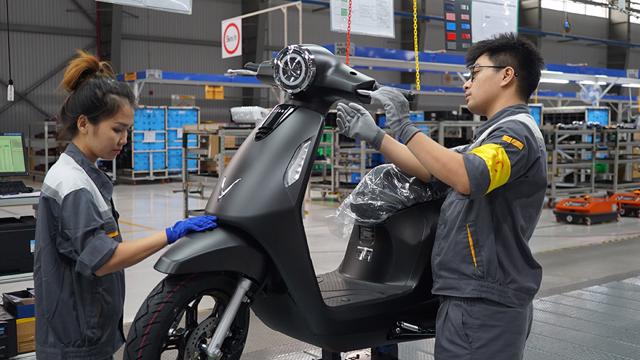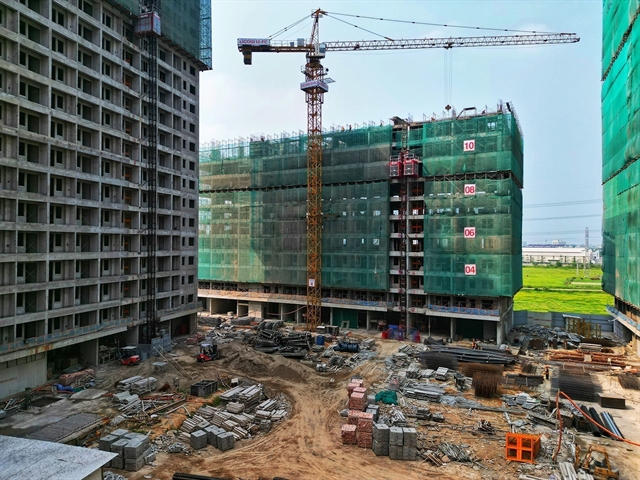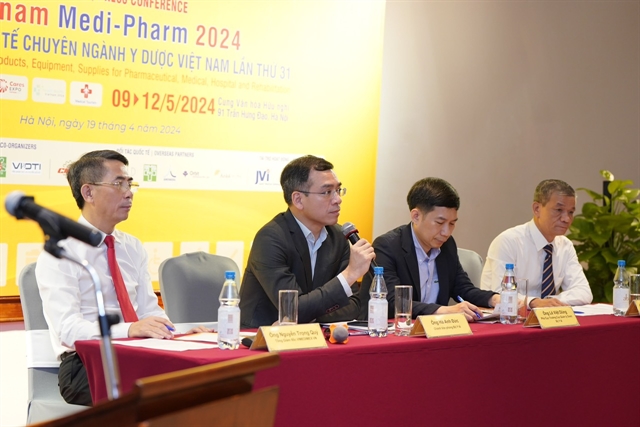 Talking Shop
Talking Shop
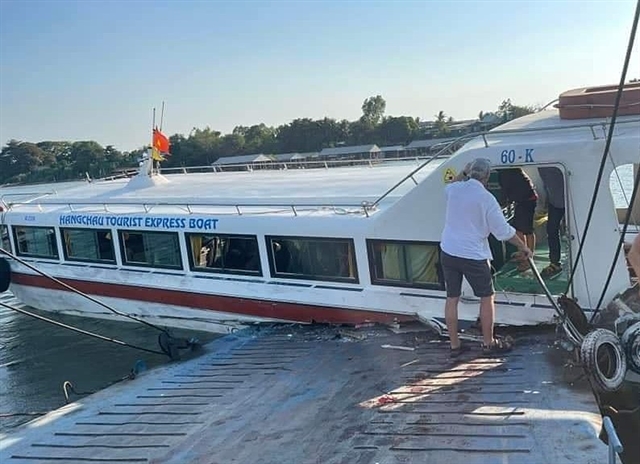
The domestic railway industry will have many solutions to diversify its services and increase market shares in the future.
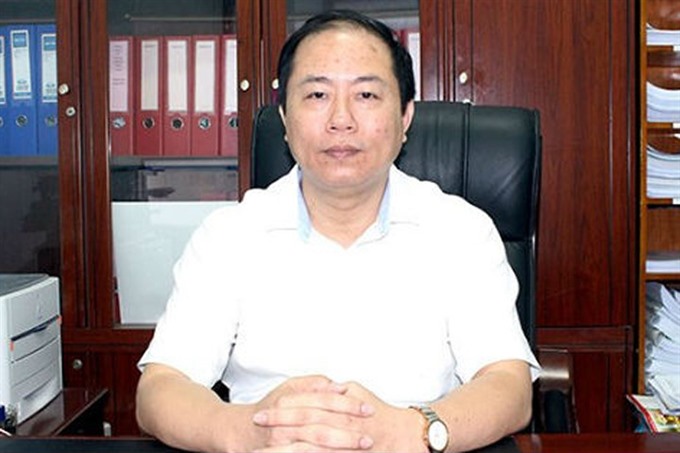 |
| Vũ Anh Minh, VNR chairman |
Optimum use of infrastructure, diverse, quality services and increased turnover are some of the measures planned to get the railways industry out of its current slump, Vũ Anh Minh, new chairman of the Việt Nam Railway Corporation (VNR) tells the Vietnam News Agency.
The Ministry of Transport has remarked that the domestic railway industry is going through its most difficult period. What will the corporation do to try and recover from this?
We will continue restructuring during the 2017-2020 period as per the Prime Minister’s directions.
Specifically, VNR will use the full capacity of its railway infrastructure, increase number of coaches on trains to reduce transport costs, and increase turnover as well as profits.
The corporation will change designs and build new railroad cars and supply services tailored to market needs.
With passenger transportation, we will focus on developing short routes that can be more competitive instead of long routes that are not very advantageous.
For transporting cargo, the focus will be on long routes, especially cargoes with large volumes, offering stability and competitive advantages. We will also build inland container depots (ICD) at departure and arrival destinations to reduce handling time.
The targets look good. What are some of the measures that the corporation will take to reach them?
The corporation will implement many groups of solutions to reach the targets.
It has proposed that the Ministry of Transport allocates VNĐ7 trillion (US$314 million) for upgrading and/or replacing downgraded bridges, tunnels and roads that trains pass through.
The plan is that after the infrastructure upgrade for railways is completed, the corporation’s freight rate on all routes reaches at the same rate of 4.2 tonnes per metre.
At present, the freight rate of trains running between Hà Nội and Đà Nẵng route is 4.2 tonnes per metre but that of those between Đà Nẵng and HCM City route stands at 3.6 tonnes per metre.
When trains running on all routes in Việt Nam have the same freight rate of 4.2 tonnes per metre, the transport efficiency will reach the optimium level.
Over past years, investment in railway infrastructure has met just one per cent of the railway industry’s demand.
At the same time, we will upgrade the Hà Nội-HCM City railway route, increase the number of trains on the route, as well as the number of the coaches on each train.
The corporation will also review all routes for improving traffic safety.
In April, the corporation signed an agreement with the Tân Cảng Sài Gòn Corporation to build two inland container depots at Sóng Thần in Bình Dương Province and Đông Anh in Hà Nội.
The Tân Cảng Sài Gòn is a military enterprise that has a 50 per cent share of the container transportation market in Việt Nam and 90 per cent in HCM City. So this is a breakthrough for the domestic railway industry.
To improve the quality of our services, the corporation will improve cleanliness and hygiene of train coaches and railway stations, and develop, diverse, flexible ways of selling tickets, as in the aviation sector.
It will carry out promotion programmes and advertise images of local railways on the media.
In sum, we will improve and diversify our services, especially value adding ones, and significantly upgrade large railway stations.
We will review and sell low-quality carriages and locomotives that are inefficient, and concentrate investment in building and buying quality carriages and locomotives.
We will also mobilise capital from diverse sources and choose strong enterprises to build a number of large ICD centres.
Can you elaborate on the part about developing short routes with competitive advantages instead of long routes?
At present, a train on the Hà Nội and HCM City route has hundreds of passengers, but only 15-20 travel all the way.
Meanwhile, passengers on short trips of 5-6 hours also need to travel during the “golden” time. For instance, on the Hà Nội-Vinh route, passengers need to arrive in Vinh City and Cửa Lò at noon to check into hotels instead of waiting for 4-5 hours to do so. Meanwhile, passengers on 30-hour trips, like from Hà Nội to HCM City, do not pay any attention to the arrival time.
Therefore, the corporation will use the “golden” time for efficient and short routes, making a start with Hà Nội-Vinh and HCM City-Nha Trang routes.
We will build good coaches as well as luxury lounges at railway stations in Hà Nội and HCM City as well as other stations on some short routes.
We think that medium routes with traveling times of 5-6 hours can compete with other modes of transport, including aviation. The advantage of the railroad is safety, punctuality and location of railway station in the centre of the city. To attract more customers, the railway industry needs to develop good services.
We are also preparing to sell 2 in 1 tickets. For instance, with a 2 in 1 ticket, a customer can go by train from Hà Nội to Vinh and then, by bus to Cửa Lò.
We will also many ways of selling tickets, like the aviation sector, including early booking of tickets at cheap prices and tickets that can and cannot be changed. - VNS

